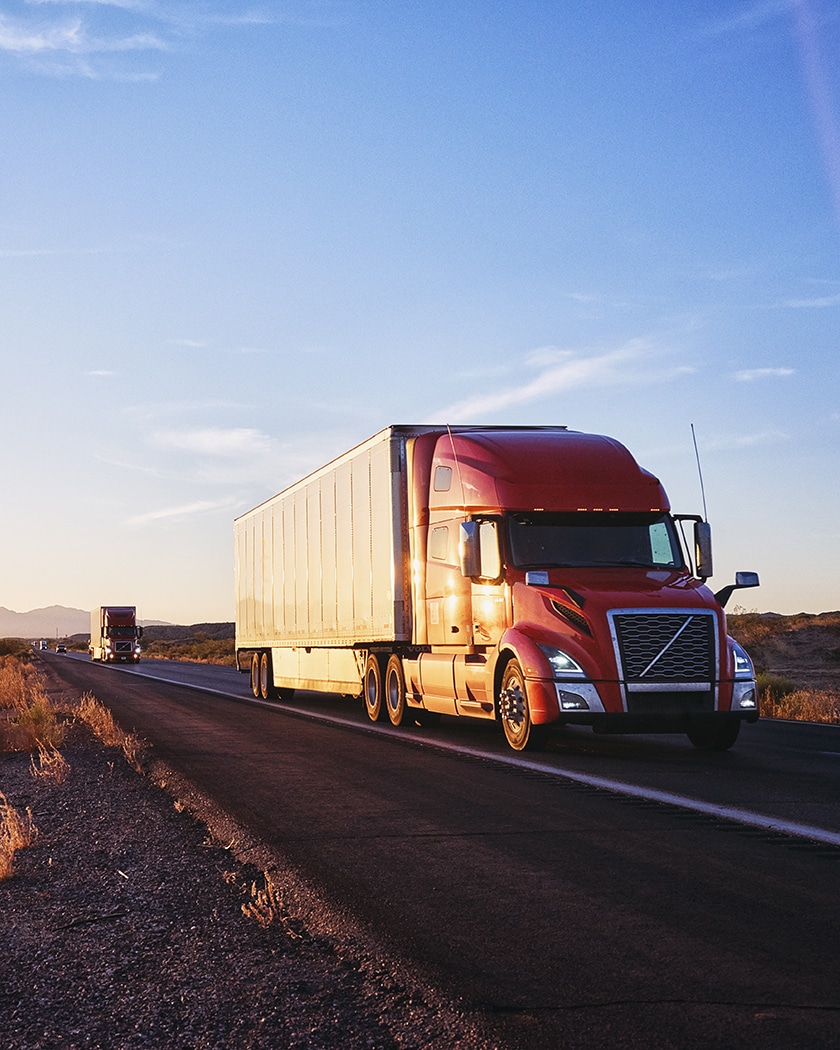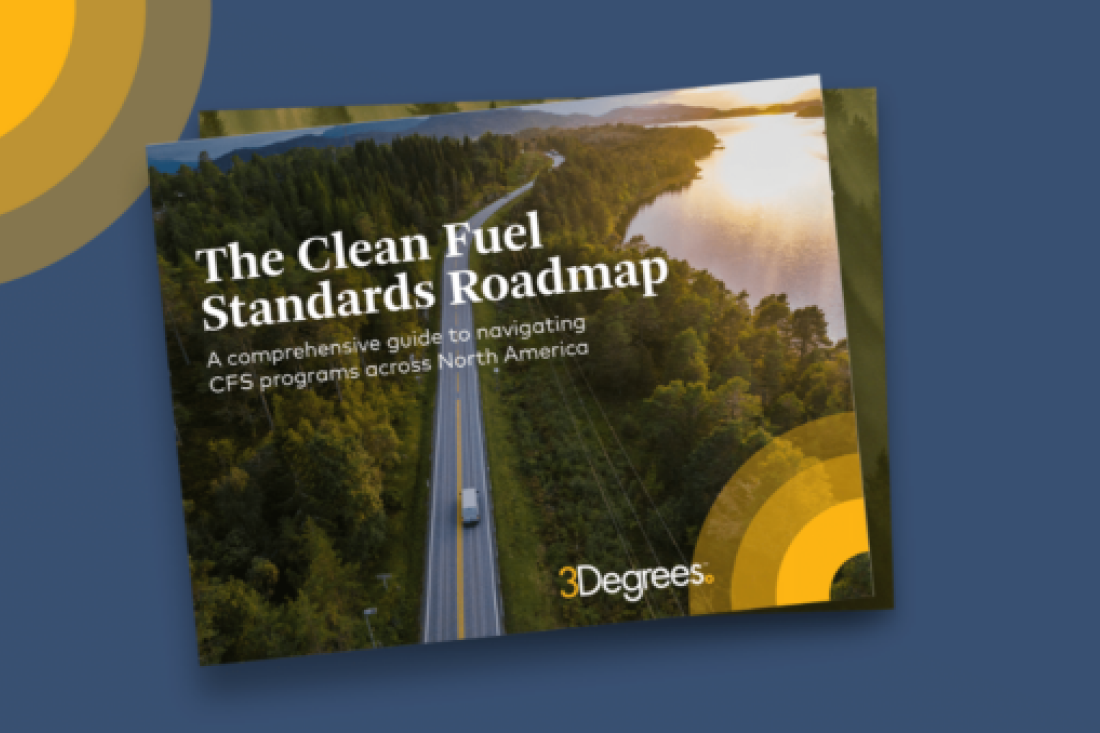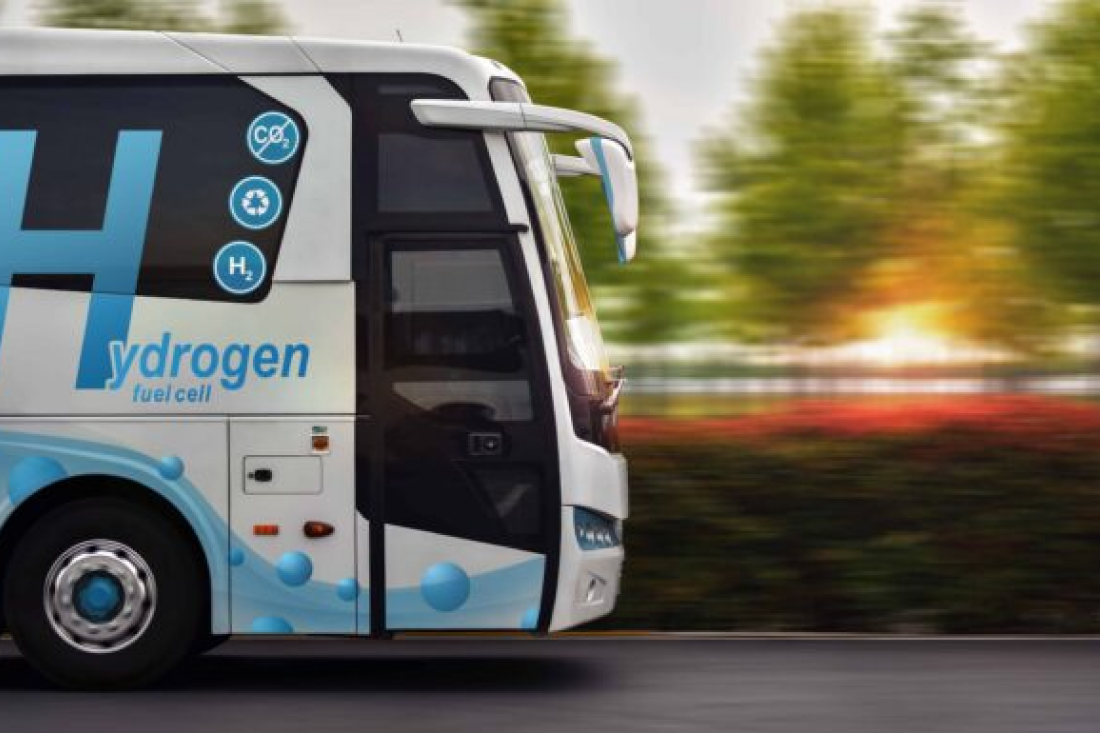Transportation
Low Carbon Fuel Standard (LCFS) FAQs

California's Low Carbon Fuel Standard (LCFS) FAQs
Find answers to the most common questions we receive on California’s LCFS
What is the Low Carbon Fuel Standard (LCFS)?
The California LCFS is a statewide market-based policy with the goal of decarbonizing California’s transportation fuel mix. The policy requires “deficit generators” — providers of petroleum-based fuels — to purchase credits from “credit generators” — companies providing or utilizing low carbon fuels like electricity, renewable natural gas (RNG) or renewable diesel. While historically transportation policy has focused on making vehicles using legacy fossil fuels more efficient, the LCFS focuses on switching to fuels with lower lifecycle emissions.
What is an LCFS credit?
An LCFS credit represents a metric ton reduction of GHG emissions reduction for transportation fuels used in California. Electric charging and the use of other low carbon fuels are eligible to generate these credits. Fuel producers and importers are required to purchase these credits to offset the carbon intensive fuels they supply.
What kinds of vehicles can generate LCFS credits?
There are a wide variety of vehicle and fuel applications that can generate credits. Any vehicle that would most commonly be using fossil fuels but is instead using a fuel with a lower carbon intensity (CI) can generate credits. Electric transportation applications are a common source of LCFS credits. Examples of electrified vehicle credit generation opportunities include:
– Battery electric and hydrogen fuel cell electric forklifts
– Passenger Cars via EV campus charging and public DC Fast Charging
– Electric buses and shuttles
– Electric Yard trucks/tractors and other off road cargo handling equipment
– Electric cargo handling equipment
– Electric cargo and delivery vans and box trucks
– Battery and hydrogen fuel cell electric medium and heavy duty trucks and tractors
– Shore powered refrigerated trailers run on electricity
What is the status of the LCFS program?
The LCFS was established in 2010. Low carbon fuel use is increasing, and fuel producers are taking action to decrease CI. The current program targets extend through 2030 and CARB is considering both establishing increasingly stringent CI benchmarks beyond 2030 and increasing the stringency of the program leading up to 2030. CARB has indicated the changes are likely to take effect January, 2025.
Does low-carbon fuel usage need to occur in California to be eligible?
Yes, the LCFS program applies to any transportation fuel that is sold, supplied, or offered for sale in California. However, other states have similar market-based incentive programs that allow credits to be generated via use of low carbon fuels. Oregon has an active program (Clean Fuels Program) as does British Columbia. Washington and the entire country of Canada launched programs beginning in 2023.
Are there requirements on how the revenue from selling LCFS credits is spent?
LCFS revenue generated from EV charging must be spent to further benefit vehicle electrification, but the regulation is purposely broad to allow flexibility in how the money is spent. For example, revenues can be used to offset costs from EV purchases and maintenance, charging infrastructure purchases and maintenance, electricity costs, and marketing or education on the benefits of electric transportation. Funds may also be earmarked for use in future vehicle electrification efforts. This spending requirement does not apply to other credit generating sources.
*Electric forklifts are not currently required to meet these LCFS credit spend requirements.
What kind of fuels can generate credits?
Many low-carbon fuels are eligible to generate credits. Electric vehicle charging using renewable electricity generates credits at the highest rate, but even electric charging using standard grid electricity creates a strong financial return. Other low-CI fuels generating credits include low-CI hydrogen, ethanol, biodiesel, renewable diesel, compressed natural gas and biogas (CNG), and liquefied natural gas and biogas (LNG).
3Degrees specializes in helping our partners maximize value available through the program for the use of electricity and low-CI hydrogen, as well as helping owners of public charging and hydrogen fueling infrastructure generate and sell credits.
How do you get the most out of the LCFS?
Suggested Insights

Download this guide to learn the role of CFS programs in driving down transportation emissions

Discover the financial upside to accessing the benefits of the Clean Fuel Standard with our easy-to-use calculator.

Learn more about the regulations aim to reduce the life cycle CI of transportation fuels and promote cleaner fuel alternatives.
Get in touch
Learn more about how your organization can leverage financial incentives available through California’s LCFS.
